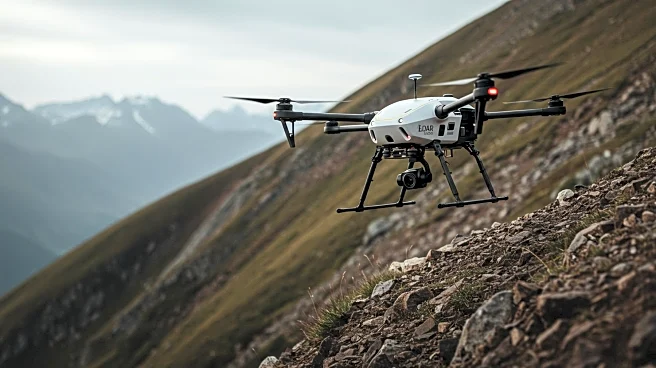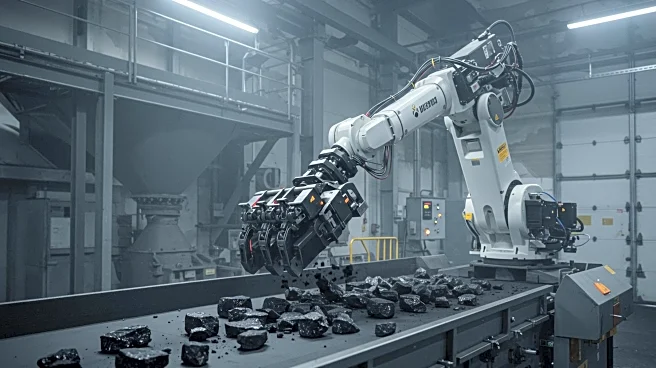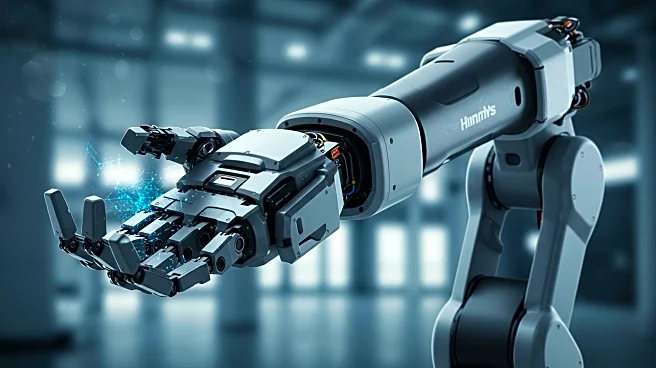Rapid Read • 9 min read
Recent advancements in unmanned aerial vehicles (UAVs) have led to the development of LiDAR-based quadrotors designed for slope inspection under dense vegetation. These quadrotors utilize high-precision 3D measurements from LiDAR sensors, allowing them to navigate complex terrains and access areas that are challenging for humans or ground robots. The system incorporates a robust LiDAR-inertial odometry framework, FAST-LIO2, which operates effectively in GPS-denied environments. Enhancements in mapping techniques, such as unknown grid cells inflation and incremental frontier updates, enable efficient obstacle avoidance and safe navigation. The quadrotors are equipped with advanced hardware, including the Livox Mid-360 LiDAR and Intel NUC minicomputer, providing substantial computational power for real-time processing. This technology promises to reduce human labor and operational risks while enhancing work efficiency in slope inspections.
AD
The introduction of LiDAR-based quadrotors for slope inspection represents a significant technological advancement with potential impacts on various industries. By reducing the need for human labor and increasing efficiency, these UAVs can lower operational costs and improve safety in challenging environments. The ability to navigate dense vegetation and complex terrains opens new possibilities for infrastructure inspection, environmental monitoring, and disaster response. Industries such as construction, agriculture, and environmental conservation stand to benefit from these advancements, as they can conduct inspections and gather data more effectively and safely. Additionally, the reduction in human involvement in hazardous areas could lead to fewer accidents and injuries, promoting safer work practices.
The deployment of LiDAR-based quadrotors in slope inspection is likely to expand as industries recognize their benefits. Future developments may focus on enhancing the quadrotors' capabilities, such as increasing flight time and improving obstacle detection algorithms. Stakeholders, including government agencies and private companies, may invest in this technology to improve infrastructure maintenance and environmental monitoring. As the technology matures, it could lead to broader applications beyond slope inspection, such as urban planning and wildlife conservation. Collaboration between technology developers and industry leaders will be crucial in advancing these UAVs' capabilities and integrating them into existing workflows.
The use of LiDAR-based quadrotors raises ethical and legal considerations, particularly regarding privacy and data security. As these UAVs collect detailed environmental data, it is essential to establish guidelines to protect sensitive information and ensure responsible use. Additionally, the technology's impact on employment in traditional inspection roles should be considered, as automation may lead to workforce displacement. Long-term, the integration of UAVs into various sectors could drive cultural shifts in how inspections and data collection are perceived, emphasizing the importance of technological literacy and adaptation.
AD
More Stories You Might Enjoy










